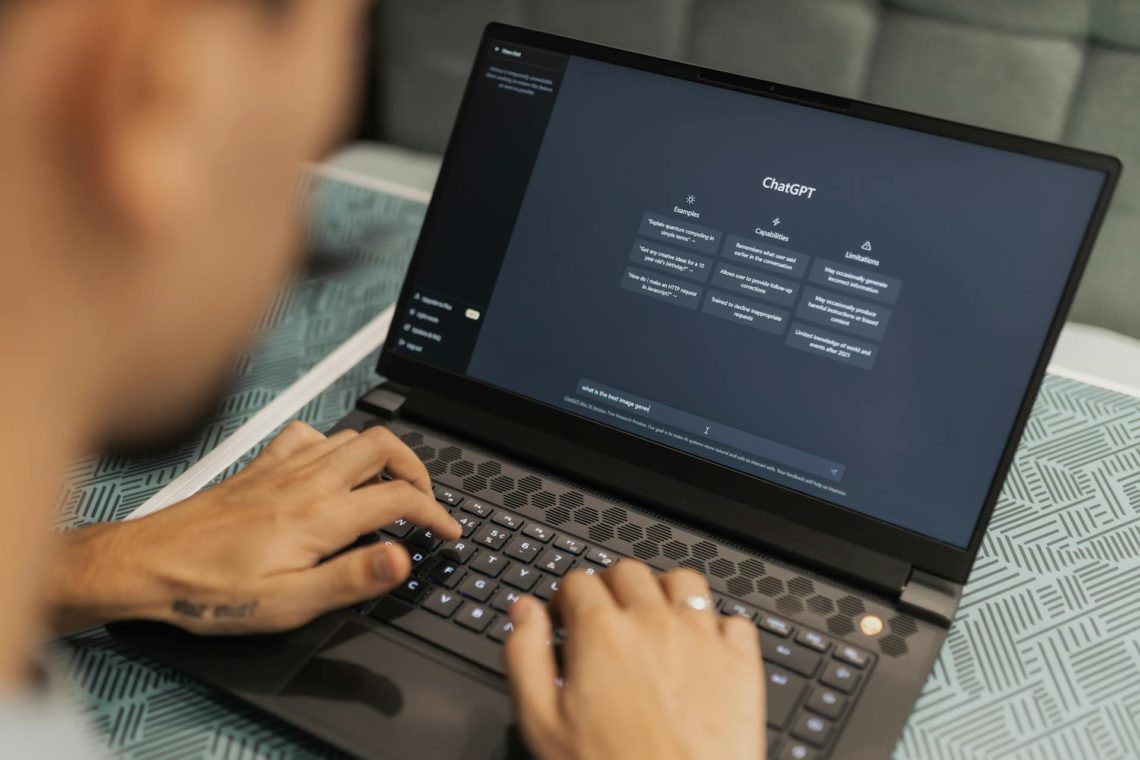ARTIFICIAL Intelligence is a phenomenon that we are still grasping to understand because it continues to evolve and adapt each passing month. The world of Artificial Intelligence continues to give us new and exciting tools and resources that change the way we function and operate. Every so often, the state of the world changes the way we live and the COVID-19 pandemic is an example of this. When countries went into lockdown, NGOs across the world found new ways to execute their programs, switching from in-person classes to video conferencing, from paper homework to virtual assignments and from analog to digital tools.
Every major technological advancement makes sweeping changes to our lives. Those of us who are old enough to remember the shift in how we looked for information – from library reference books to Google searches – understand how large a role the internet has played in our lives. In a similar manner, Artificial Intelligence or AI has altered the way we operate and has placed in our hands greater access to creative tools that allow us to write or design without having to solely depend on experts in the field to perform these functions for us.

These innovations extend to NGOs who can use tools like ChatGPT or Meta AI to generate content and images they can use for their operations. Whether generating website content or creating math worksheets for children, NGOs are in the midst of a game-changer when it comes to giving underprivileged people access to information that can transform their lives.
Here are 10 ways Artificial Intelligence can help NGOs:
-
AI helps NGOs create world-class learning material for students
NGOs are always in need of access to effective teaching material but often lack the budget to purchase world-class textbooks. AI tools can generate content using the wealth of information on the internet to create math worksheets, quizzes for English class or even coloring book artwork for younger children. For NGOs that work with children in the area of education, AI can be especially useful for their programs.
-
AI helps NGOs create website content
Every organization needs a website to establish credibility with the general public. This is even more important for NGOs that depend on donations to run their programs. But hiring a content and design team can be too expensive for NGOs. Using content-generation AI tools, NGOs can create content to populate their website and use the prompts to create content in exactly their style and tone.

-
AI helps NGOs create social media content
NGOs can use social media platforms like Facebook, Instagram, X and others to communicate with people about the work they do and the issues they address, be it farmer suicides, acid attacks or child rights. AI tools can help NGOs get creative ideas on social media posts, write the captions for posts and occasionally generate images, although most people prefer to see real photos of the beneficiaries.
-
AI helps NGOs translate content into other languages
NGO personnel across India are fluent in their own vernacular languages but often need to communicate with people from other parts of the country or the world. Tools like Google Translate use AI and can be a helpful aid to translate emails or documents into one’s language of choice. Similarly, when NGOs want to create content to appeal to another demographic, AI can be of assistance.
-
AI helps NGOs generate fundraising ideas
When writing grants and fundraising proposals, NGO personnel can often get stuck when it comes to communicating their organization’s mission in an effective manner. AI tools can help NGOs edit their writing and ensure that it contains all the major sections that a proposal should have. Moreover, it can also generate budget templates, which are often included when applying for funding.
-
AI helps NGOs communicate with their donors in real-time
NGOs are excited to communicate with their donors, which now increasingly happens through chatbots integrated into their websites. Chatbots can be set up on the NGO’s website and programmed to send a specific set of answers to common questions. This allows the NGO to deliver immediate responses while having the option to personally respond after a period of time.

-
AI helps NGOs with powerful marketing campaigns
While NGOs are encouraged to use real photographs of their beneficiaries and organization, AI image generators can help NGOs create attractive images that can be used for marketing campaigns. NGOs may have creative ideas for campaigns but no access to graphic designers or budget for photo editing software. Artificial Intelligence can help NGOs create these images which are impactful and effective.
-
AI helps NGOs create without spending money
Most NGOs around the world depend on donations from individuals and grants from organizations for their day-to-day operations. Their budget, therefore, is mostly geared toward program expenses that leaves little room for purchasing marketing tools or hiring marketing specialists. Generative AI is mostly free, for now, and this helps NGOs access top-quality content without spending money.
-
AI helps teachers plan and execute lessons
Education NGOs work with children from underprivileged backgrounds, and as such, often have limited access to facilities to improve teacher training that allows teachers to create, organize and plan their lessons. But using generative Artificial Intelligence, teachers in education NGOs can not only create teaching material, but use AI to develop effective lesson planning for their students.
-
AI helps NGOs in their reporting
For NGOs, monthly, quarterly or annual reports are an important part of its communication to donors and funders. While NGOs should ensure these reports contain unique and accurate information, Artificial Intelligence can be used to edit or improve existing content, create infographics or design in popular report templates. It should be noted that sensitive information should be handled with care.

A word of caution
While generative AI may be free, convenient, simple to use and help individuals and organizations, it is very important to not rely on the tool 100% to create content or images without carefully driving the prompts and reviewing each detail of its results once it has been generated. AI is still in its nascent stages and therefore, it has been known to generate material that is incorrect or even contain bias.
When using AI tools, have a detailed idea in mind on what you want to create and use the tool to assist you, rather than allowing the tool to create material for you from start to finish. In short, be the driver when it comes to using generative AI tools and exercise your editorial power to edit and amend the results to tailor it according to your needs. When used correctly, Artificial Intelligence can be of great assistance to NGOs and help them achieve their aims.
–
Give’s mission is to “make giving bigger and better.” Give is the most trusted donation platform in India for fundraisers and crowdfunding campaigns. Through our technology solutions, we enable individuals and organisations to fundraise and donate to a cause, charity or NGO with trust and convenience. Give’s community of 2.7M+ individual donors and 300+ organisations supports 3,000+ verified nonprofits with 80G deduction and serves 15M+ people across India. Find a fundraiser today!

Shirley has been in the development sector for over 10 years and is passionate about making a change in the world around her, including adopting dogs and writing to make a difference.
Discover more from
Subscribe to get the latest posts sent to your email.

